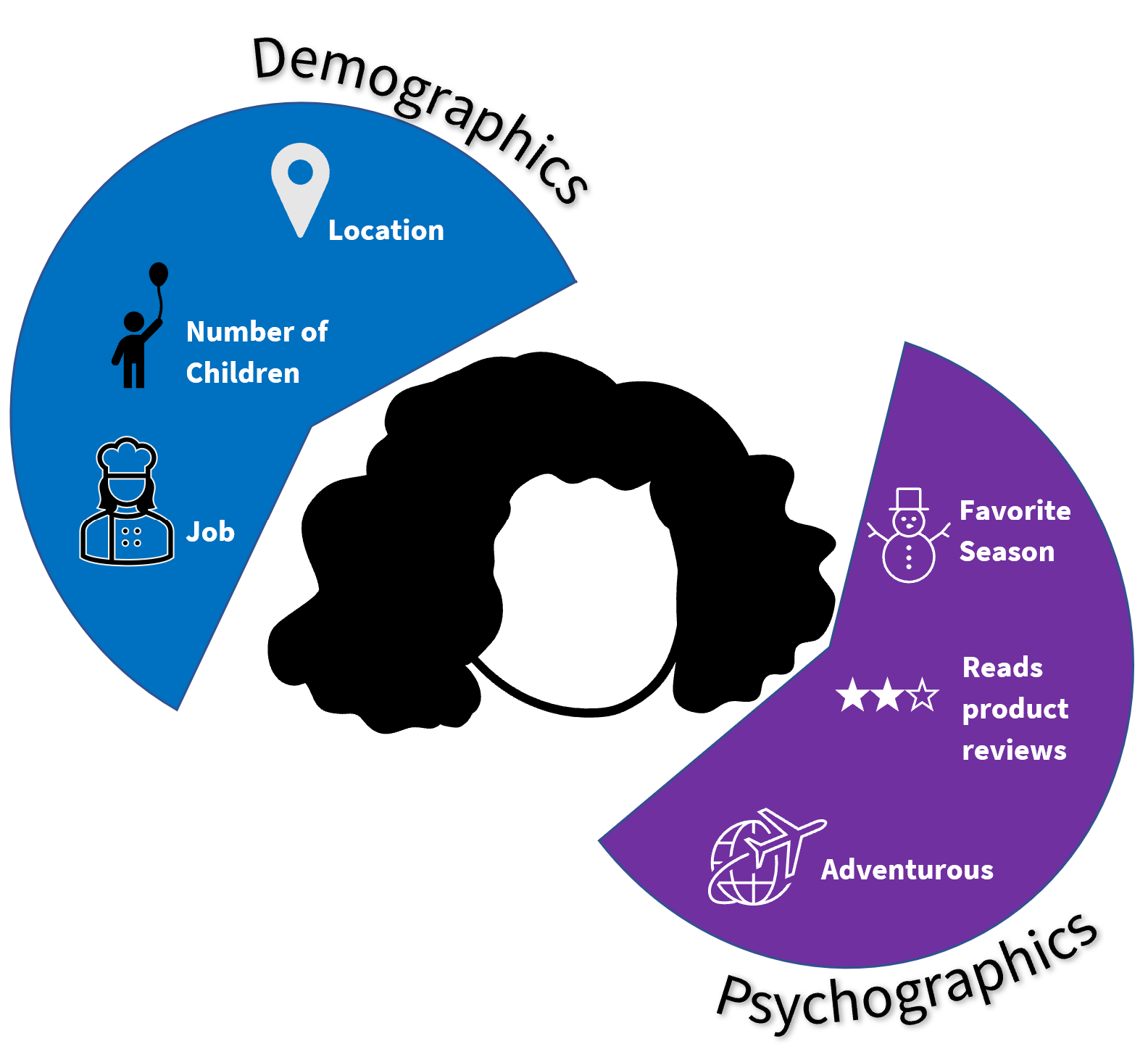How To Find Your Target Customer and Increase Profits
76% of B2B buyers want to feel your business understands their unique needs and expectations and 63% of B2C buyers want the same things (Salesforce, 2022). At some point in order to thrive, a business needs to decide who is their customer and focus on that customer’s needs and expectations or they risk spreading themselves too thin.
As a business owner, you may have several responses to the question “who is your right customer?”. We’ve heard things like ‘the people who buy my product’, ‘any type of business, really’. As a consumer, business or employee, you think you are – or should be – the most important customer for a business. The data shows us that’s just not true – the best, most profitable businesses know the exact type of customer that best matches the value they provide -- and they go after those customers relentlessly. As our managing partner Monica McKay likes to quote ‘the riches are in the niches.’
Real Talk with Real Customers:
Who is your favorite customer to work with? Why? These answers can tell you more than you realize. An easy first step to finding your right customer is to ask them:
How do you compare to your competitors?
When they are not using your business, which business are they using and why?
What value do you provide them?
How can you continue to provide value to your customer?
What are the tasks your customer is trying to accomplish by using your business?
Are there other tasks your business could help your customer accomplish?
Honest answers from your favorite customers to these questions will help you find your niche and your right customer. A niche does not mean a small set of individuals, it is simply the strategic choice of where you are going to focus your business efforts. Google’s niche is tech-people, which may have been a small niche at the beginning, but that has since grown as Google continues to develop products for tech-people.
Ask Yourself and Your Customers: How can I master the 4 loyalty behaviors?
1. Retention –Why are customers returning? What value do you bring that others do not?
2. Extension – What different products or services can you offer? What do returning customers think is missing from your business?
3. Referrals – Why are customers referring you to others? Why are they not? How can you increase referrals?
4. Feedback – What is your customer saying?
Addressing these questions for your business can seem overwhelming, but, when you approach this challenge systematically, you can reduce the complexity of the evaluation process and see a cascading effect across the business in terms of focus, efficiency, and, ultimately, growth and profitability.
Determine How You Compare in the Market
Competitive differentiation is built on learning more about your customers and turning it into action faster than the competition. This kind of insight requires a SYSTEM of customer feedback collected and analyzed in a powerful way. Beyond customer listening, a brand tracker or a yearly market survey is a great way to get answers to these questions. These surveys can help you maintain relationships with customers and allow you to collect the data you need to make confident business decisions.
Be sure to include psychographic information in your surveys! Most businesses ask demographic information – Age, Gender, Income, etc., -- but psychographic information gives more details into a person’s behavior and motivation.
Examples of Psychographic Questions
Where do you look for information on a new product?
Do you seek our new experiences or prefer to stick with what you know?
What activity do you do most often in your free time?
Do you prefer a night out or a quiet night in?
The demographic information of your right customer may stay consistent over time, but their buying behavior, their goals, what motivates them can change over time. Knowing this information can allow you to adapt your business model to continue to provide high value to your right customer.
“As good as your business model may be today, it cannot and will not survive forever”
The Outcome? A Fresh Opportunity to Thrive
According to Bain and Company, upping customer retention rates by just 5% can increase profits by between 25% and 95%, depending on the industry. To make customers return they need to feel like you met their needs and expectations.
In order to do this well, a business needs to decide who their customer is and then make all business decisions in the best interest of that right customer. This is hard to do, but necessary for a business to thrive. Your most important customer, the one that is right for you, is not always the one bringing in the most revenue. The right customer is a value win-win – you provide the most value to them and they to you.



